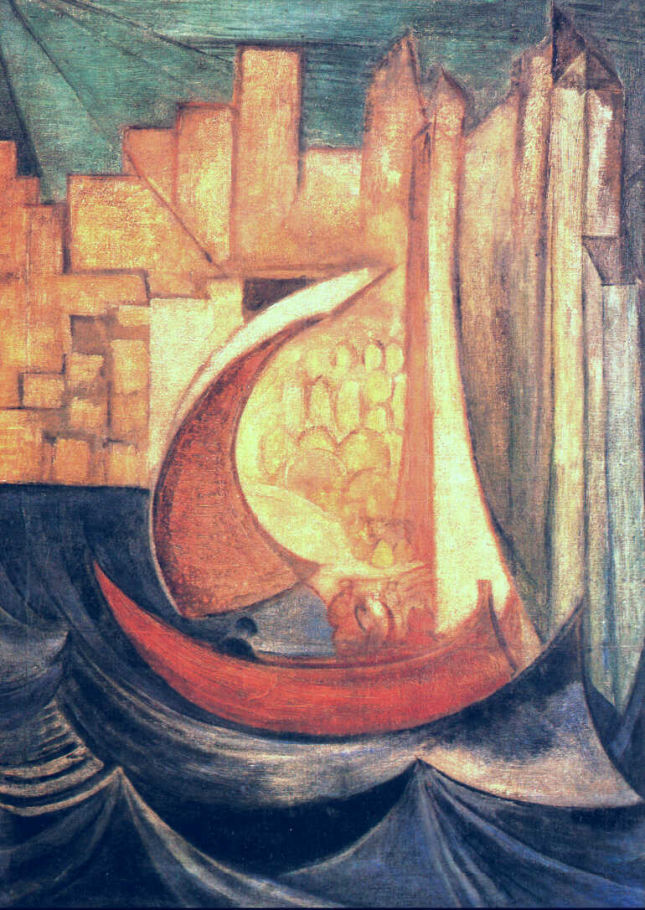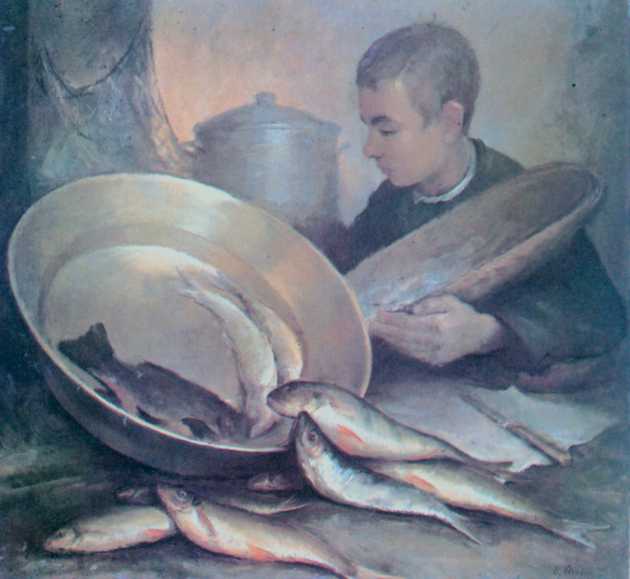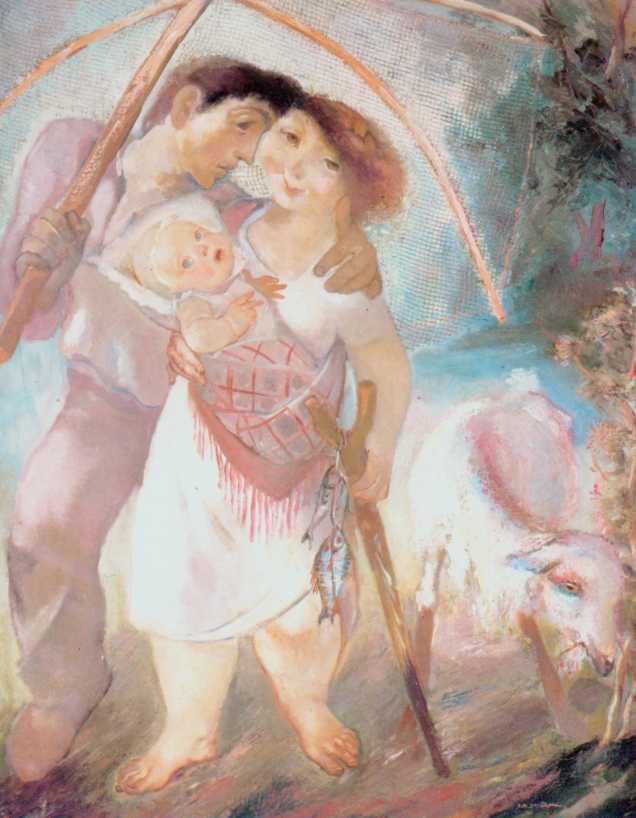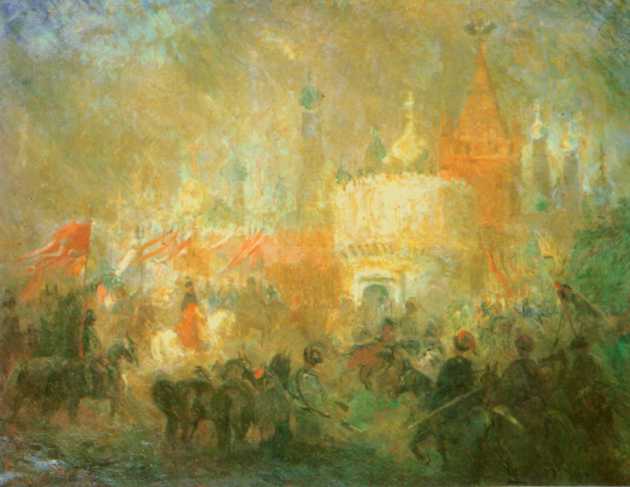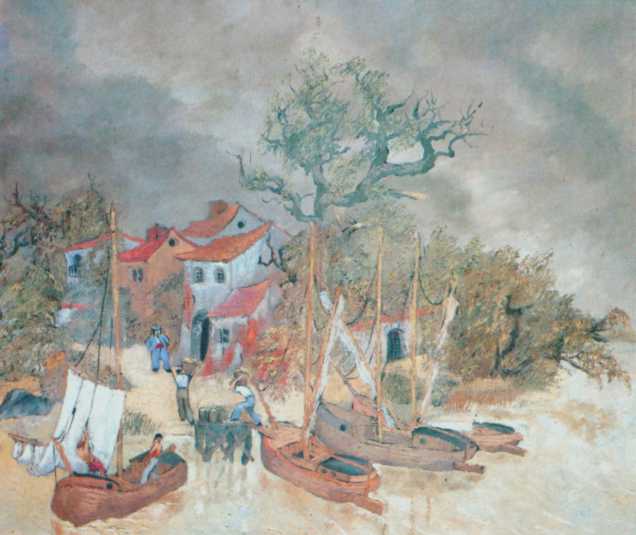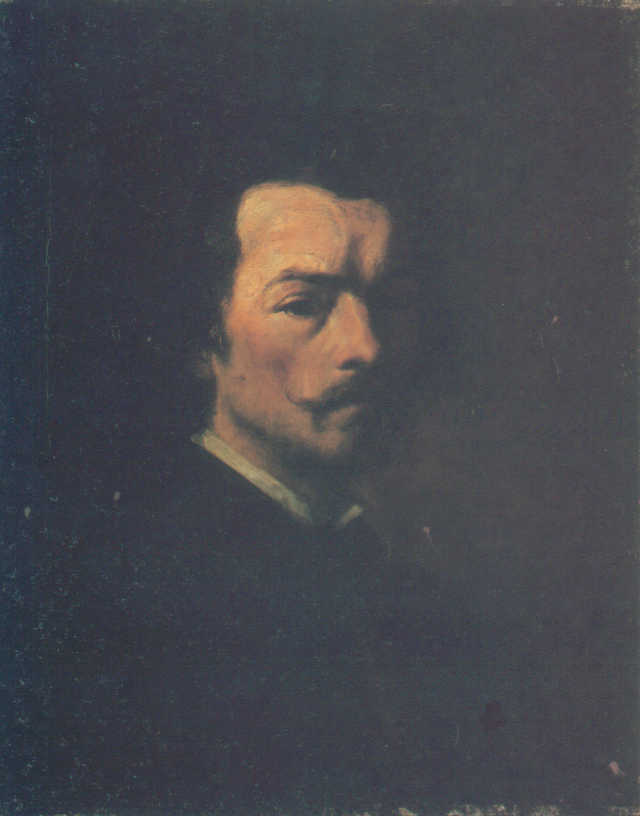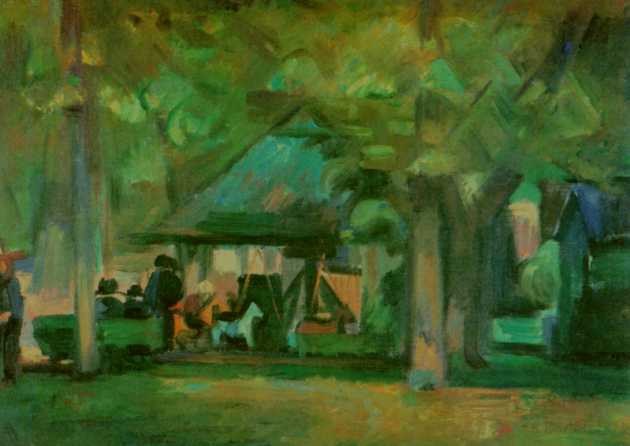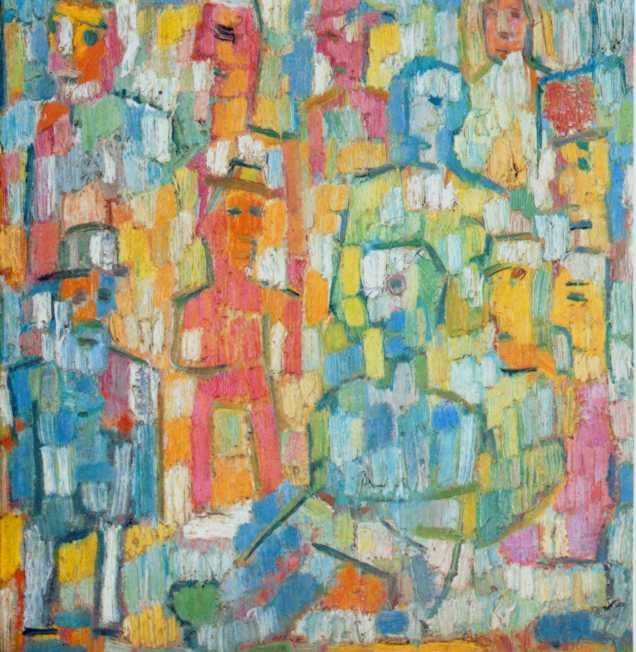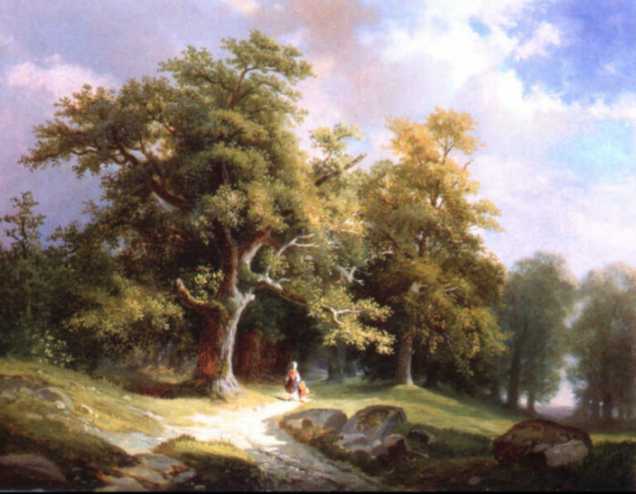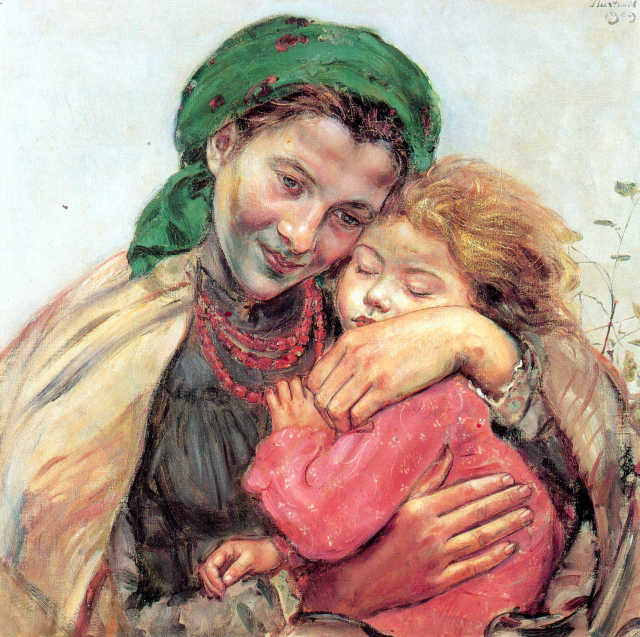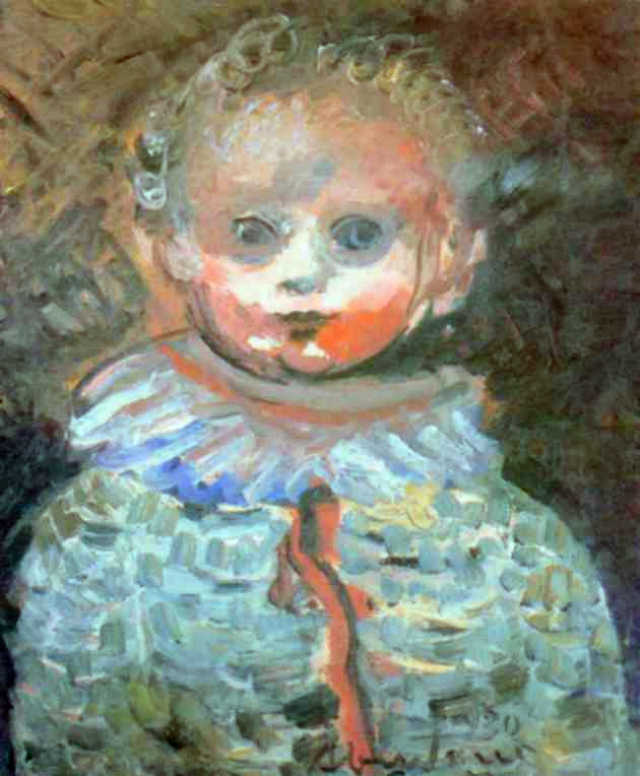Linke Bronisław Wojciech (ur. 1906 Dorpat, zm. 1962 Warsaw).
Painter, draftsman, chart, member of the Masonic Lodge and the Phrygian Cap. He studied at the Art Industry Schools in Bydgoszcz and Krakow (1922-23 i 1924-26) and in the Warsaw SSP (1927-31), where he was a student of T.. Pruszkowski and M.. Kotarbiński. He practiced applied graphics, posted drawings (mainly political and moral satires) w “High heels”, “People's Journal” i “Tygodnik Robotniczy”. His paintings present a similar ideological attitude. Through them, the artist acted against the hypocrisy of the bourgeois culture, the cult of money, bureaucracy, he protested against the atrocities of war and the general dehumanization of the technological age. In an individual, expressive style combined the precision of observation with metaphorical thinking and elements of surrealism, bluntness and brutality with a kind of lyricism. His art was inherently anti-aesthetic, shocking and sharp, in order to move the viewer more deeply, make him reflect on the thoughts conveyed to him. After the war, the artist continued working with the press, he made a number of drawing series devoted to the fight against fascism and racism, social criticism, as well as symbolic images of the destruction and survival of Warsaw or a warning against nuclear annihilation.
Painter, draftsman, chart, member of the Masonic Lodge and the Phrygian Cap. He studied at the Art Industry Schools in Bydgoszcz and Krakow (1922-23 i 1924-26) and in the Warsaw SSP (1927-31), where he was a student of T.. Pruszkowski and M.. Kotarbiński. He practiced applied graphics, posted drawings (mainly political and moral satires) w “High heels”, “People's Journal” i “Tygodnik Robotniczy”. His paintings present a similar ideological attitude. Through them, the artist acted against the hypocrisy of the bourgeois culture, the cult of money, bureaucracy, he protested against the atrocities of war and the general dehumanization of the technological age. In an individual, expressive style combined the precision of observation with metaphorical thinking and elements of surrealism, bluntness and brutality with a kind of lyricism. His art was inherently anti-aesthetic, shocking and sharp, in order to move the viewer more deeply, make him reflect on the thoughts conveyed to him. After the war, the artist continued working with the press, he made a number of drawing series devoted to the fight against fascism and racism, social criticism, as well as symbolic images of the destruction and survival of Warsaw or a warning against nuclear annihilation.
Unemployment, 1932-34
pencil, crayon, ink, gouache, papier, 28,4 x 22,7 cm;
National Museum in Warsaw;
pencil, crayon, ink, gouache, papier, 28,4 x 22,7 cm;
National Museum in Warsaw;


